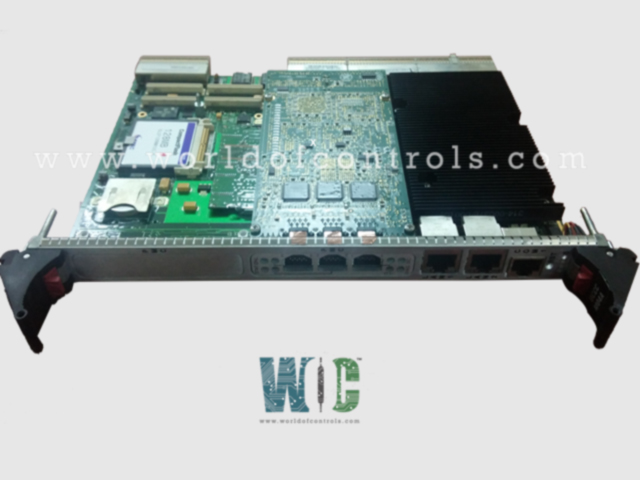
World Of Controls understands the criticality of your requirement and works towards reducing the lead time as much as possible.
IS215UCCCM04AB - CPCI Controller Board is available in stock which ships the same day.
IS215UCCCM04AB - CPCI Controller Board comes in UNUSED as well as REBUILT condition.
To avail our best deals for IS215UCCCM04AB - CPCI Controller Board, contact us and we will get back to you within 24 hours.
Part No.: IS215UCCCM04AB
Manufacturer: General Electric
Country of Manufacture: United States of America (USA)
Operating: 0 to +50°C (32 to +122 °F)
Storage: -40 to +85°C (-40 to +185 °F)
Relative humidity: 5% to 95%, no-condensing
Microprocessor: Intel Pentium M processor 1.6 GHz
Compact Flash Module: 128 MB
L2 cache: 256 KB
Flash-backed SRAM: 8K
Operating System QNX Neutrino
Product Type: CPCI Controller Board
Availability: In Stock
Series: Mark VIe
IS215UCCCM04AB is a CPCI Controller Board developed by GE. It is a part of Mark VIe control system. It is a single-slot CPCI controller board featuring a 1.6 GHz Pentium M processor, offering robust computing power for various applications. With two 10/100/1000BaseTX Ethernet ports, it enables seamless connectivity to the Universal Device Handler (UDH) and an optional Ethernet network, facilitating efficient data exchange and communication.
The WOC team is always available to help you with your Mark VIe requirements. For more information, please contact WOC.
What is IS215UCCCM04AB?
It is a CPCI Controller Board developed by GE under the Mark VIe series.
What type of cable should I use for cabling?
For cabling, it is recommended to use a standard 4 pair UTP cable, such as an Ethernet cable, joined with a PC null modem connector (GE part 342A4931ABP1).
What are the shock testing specifications?
The shock testing specifications include a shock strength of 10 Gs with a duration of 16 ms half sine, conducted along 6 axes with 10 pulses each.
What are the vibration testing specifications?
Vibration testing specifications include a vibration strength of 6 Gs rms in the frequency range of 20-2000 Hz, with a power spectral density of 0.0185 G2/Hz.